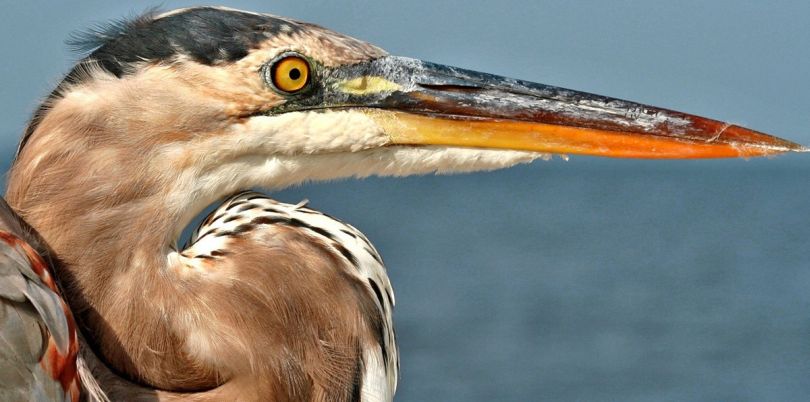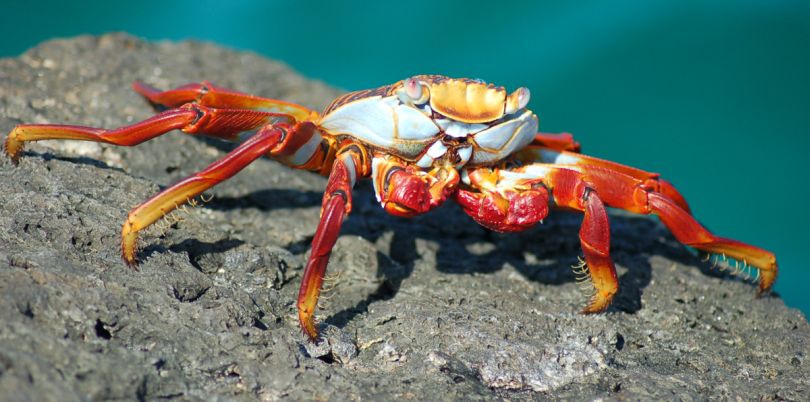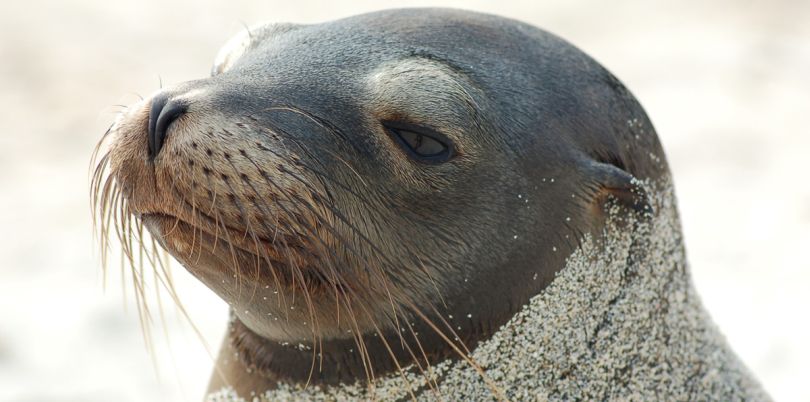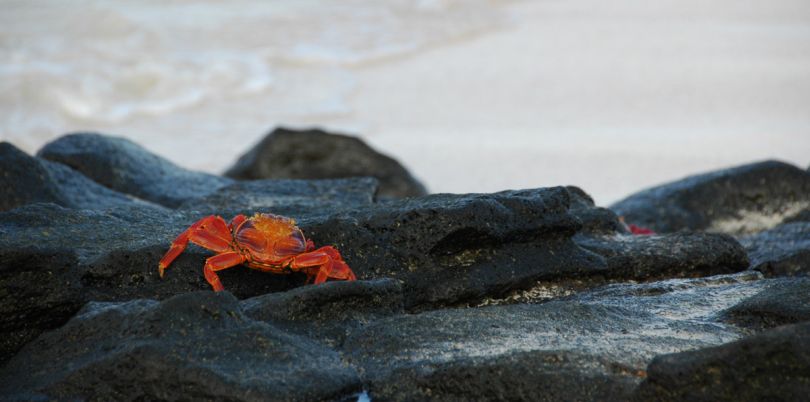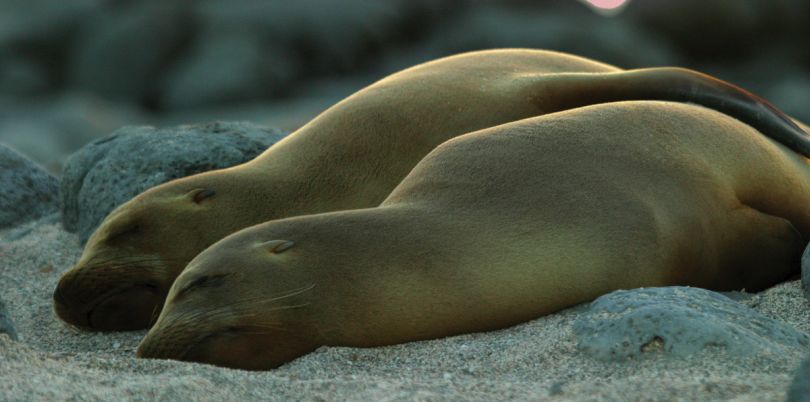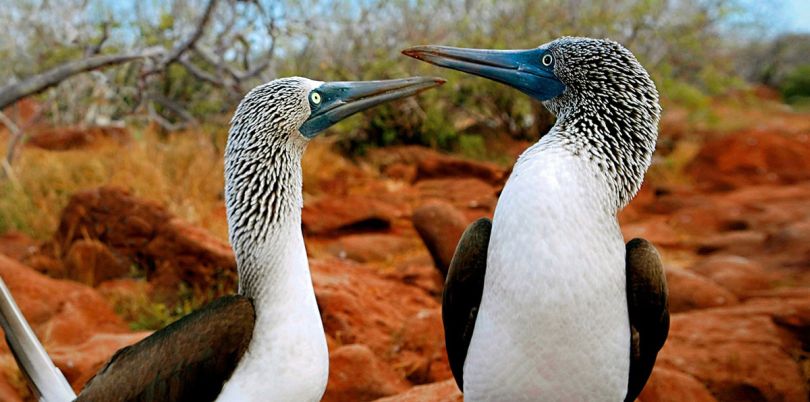Galapagos Islands
“As you walk the island’s untouched beaches, you encounter blue-footed boobies – who squawk politely at jokes they’ve heard way too many times…”
Discover Galapagos Islands
Our resident evolutionist naturally selects his favourite destination for a private eco-adventure:
When Charles Darwin landed in the Galápagos in 1835, he noted that “it seems to be a little world within itself.” Even today, these islands 600 miles off the coast of Ecuador are a world apart – and well worth a visit at least once in your life. Over the years we’ve explored on all manner of craft, guided by every kind of expert. We’ve evolved to the point where we can cut through the flotsam and choose the perfect itinerary for your discovery of Darwin’s famous archipelago.
First, how would you like to sail in the wake of HMS Beagle? On a chartered yacht or a 40-person luxury ship? Or maybe joining fellow explorers on a larger (but still agile) 100-person vessel? If you can’t decide between two seemingly identical ships, we can share that key bit of inside knowledge that makes all the difference – like which is due for a refit before your trip (or after) or which has more open-air deck space (but slightly smaller cabins). Sometimes it comes down to one little thing, such as wireless computer access. We understand that no two travellers are alike, and fortunately the ships you can choose among are almost as diverse as the species you’re going to see.
If you already know which of your favourite creatures inhabit which islands, we’ll tell you who can take you there, as this is strictly controlled. Do you want your guides to provide the basic facts or the latest from the research station? Then there’s the time factor: How many days do you imagine spending? Planning to bring the kids? Are you a scuba diver or snorkeller – or content just to walk the island trails?
However you choose to explore, the wildlife is unforgettable. Sadly, Lonesome George, believed to be the lone survivor of the Geochelone abigdoni tortoise species, passed away in June 2012, but scientists have found enough near-cousins to believe that some purebreds have survived. Meanwhile, the flightless cormorants still can’t fly – but their swimming is coming along. And the marine and land iguanas are flourishing, though they sometimes spit haughtily if you come too close. In fact, what you get from most of the exotic fauna is utter indifference, they’ve been so carefully shielded from human contact. Indeed, these creatures haven’t changed at all in the evolutionary blink of an eye since young Darwin was here.
Create your own story
We'll help craft a bespoke travel experience tailored to your unique needs and tastes.
To discuss what interests you about this or any other destination, call us: +44 203 358 0110
